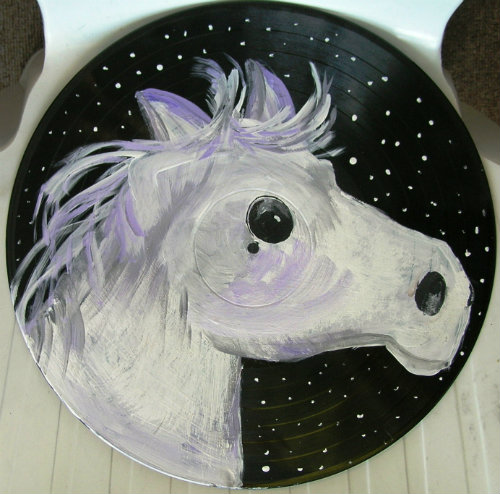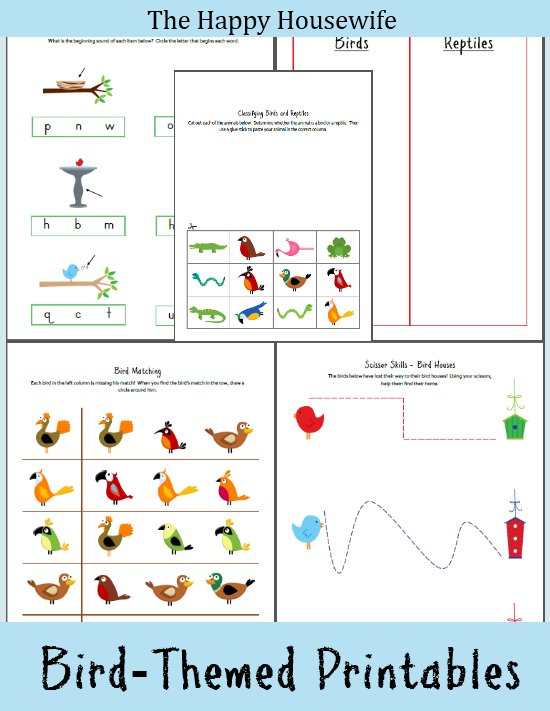It’s election year which makes it a great time to teach your students all about our election process in the U.S.
C-Span is offering a FREE 2012 Electoral College Map when you sign up for an account or log in to your account on the C-Span Classroom website. You can download the PDFs for the map on the site and request a 40″x40″ wall poster to be mailed to you within 3-5 weeks. A little more information:
This large 40″ x 40″ wall poster has been updated based on the 2010 census and includes information about the Electoral College, historical election results, and key dates leading up to the 2012 presidential election that can jumpstart a variety of lessons and fit a wide range of subject matters and grade levels.
Order your free Electoral College Map today!
Limit of one free wall poster per member.
Thanks, How to Homeschool for Free!























